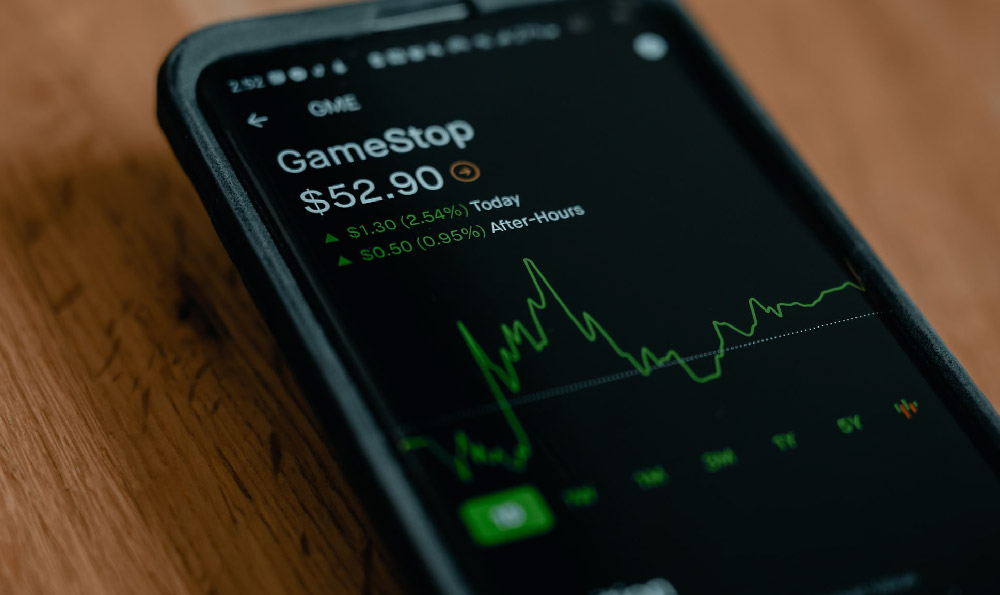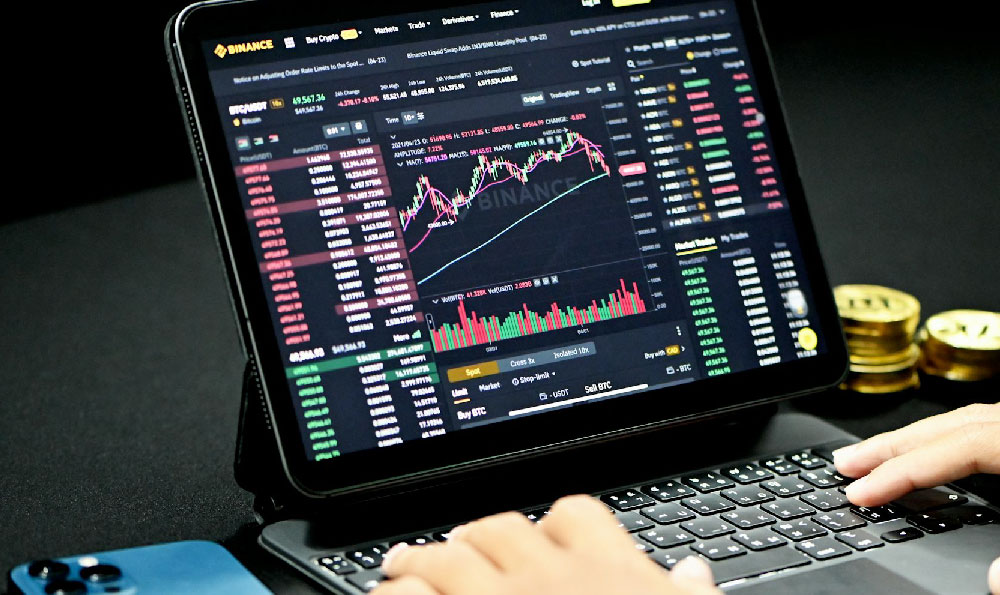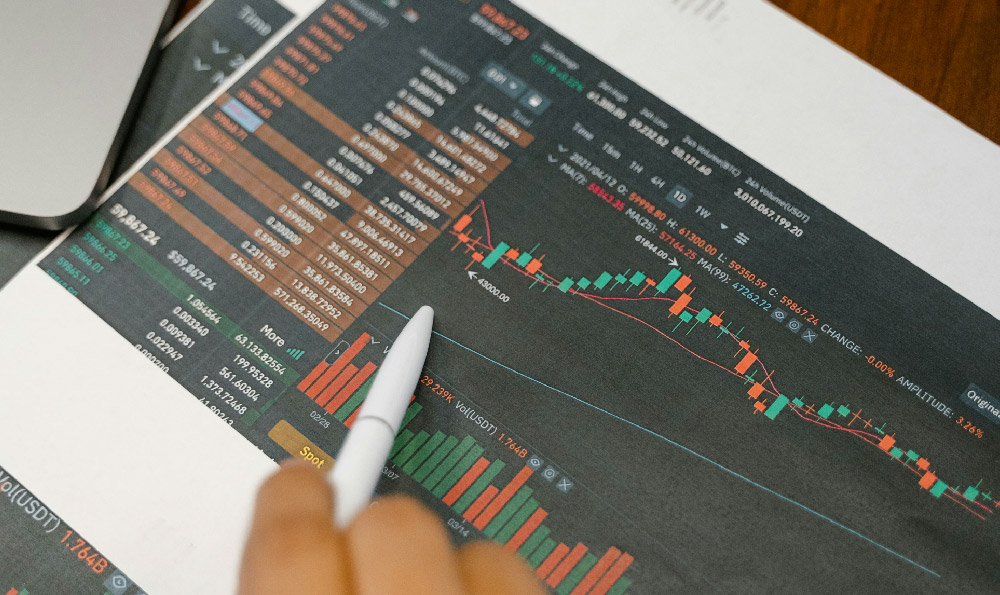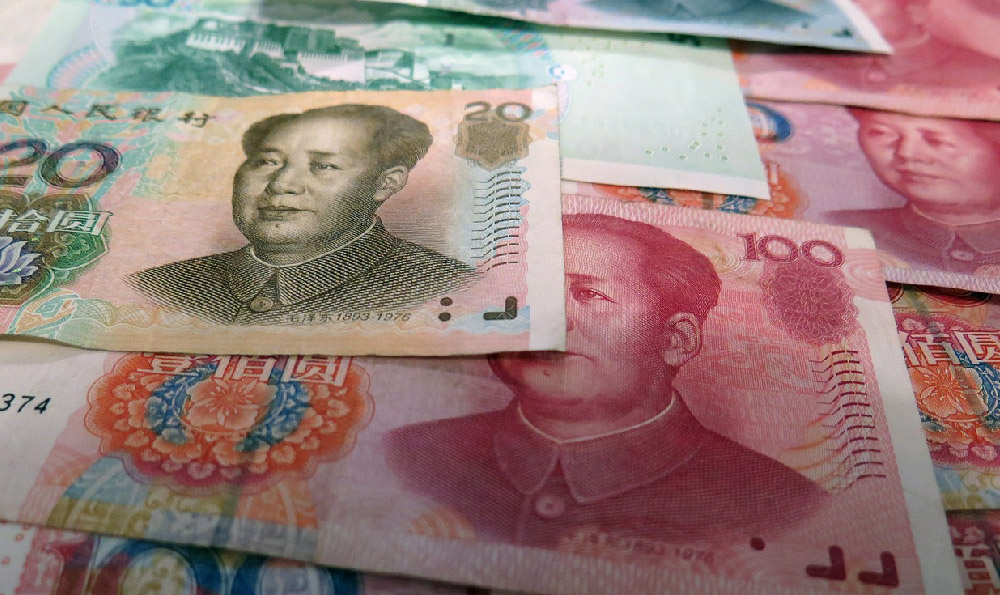Mansa Musa's Wealth Source: How He Built His Empire's Fortune
Mansa Musa, the 14th-century ruler of the Mali Empire, is often celebrated as one of the wealthiest individuals in history, his name synonymous with legendary riches and an empire that thrived through strategic economic decisions. The prominence of his wealth, particularly during the height of his reign, offers valuable lessons for modern investors seeking to understand the foundations of lasting financial success. While the exact figures of his fortune may never be fully known, studying his methods of accumulation and management provides insights into the principles of wealth building that transcend time and geography.
The Pillars of Mansa Musa’s Prosperity
Mansa Musa's wealth was not amassed through a single strategy but through a combination of factors that created a robust economic framework. Central to his prosperity was the Mali Empire's access to vast natural resources, particularly gold. The region, situated in what is now present-day Mali and surrounding areas, was rich in mineral deposits that fueled the empire's economy. This abundance of gold was not only a source of revenue but also a strategic commodity that allowed Mansa Musa to enhance his political influence across the Sahara. By controlling trade routes, he ensured that gold flowed into his coffers while also enabling the region to become a hub for commerce. This dual benefit of raw resource extraction and strategic trade facilitation laid the groundwork for his economic dominance and wealth accumulation.

Strategic Resource Utilization
Beyond controlling the flow of gold, Mansa Musa demonstrated an keen understanding of resource utilization to maximize the value of his empire. The wealth generated from the gold mines was not hoarded but reinvested in infrastructure projects, such as the construction of mosques, palaces, and roads, which boosted the region's economic activity and facilitated further trade. His investments in transportation, like improving the Niger River trade routes, allowed goods to be transported more efficiently between regions, enhancing the empire's connectivity. Additionally, Mansa Musa's focus on agricultural development ensured a stable food supply, reducing the empire's vulnerability to famine and freeing up resources for trade and investment. These strategic decisions illustrate how leveraging both tangible and intangible resources can create a sustainable source of wealth.
A Blend of Diplomacy and Economic Policy
Mansa Musa's approach to wealth building was deeply intertwined with his diplomatic and economic policies. He understood that maintaining strong trade relationships was essential to the empire's growth. By offering gold and other valuable resources to neighboring regions, he fostered alliances that opened new markets and expanded the empire's reach. His famed pilgrimage to Mecca in 1324, during which he distributed immense amounts of gold along the way, not only showcased his wealth but also strengthened ties with the wider Islamic world. This act of generosity, while seemingly extravagant, was a calculated move that enhanced the empire's reputation and attracted trade opportunities. Such strategic use of wealth for diplomatic purposes highlights the importance of networking and reputation building in achieving long-term financial goals.
The Legacy of Mansa Musa’s Wealth Management
Although the Mali Empire eventually declined, the legacy of Mansa Musa's wealth management remains relevant today. His ability to convert raw resources into economic power through trade and investment serves as a blueprint for modern portfolio diversification. By exporting gold and importing luxury goods, he effectively created a balanced economy that ensured stability and growth. This principle of diversification is fundamental in today's investment strategies, as it mitigates risk and ensures a steady return on capital. Additionally, his reinvestment of profits into infrastructure and public projects underscores the importance of long-term planning and sustainable development in wealth management. These lessons are particularly valuable for investors in the modern era, who often overlook the need for strategic reinvestment in areas that can yield compounding returns.
The Role of Circulation and Expenditure
Mansa Musa's wealth was not only a result of his empire's resources but also of his ability to manage the circulation of money and goods. His famous pilgrimage to Mecca exemplifies how large-scale expenditure can be a powerful tool for economic influence. By distributing gold freely, he not only demonstrated his wealth but also created a sense of dependence among traders and allies, solidifying his economic leverage. This practice of using excess wealth to control markets is akin to modern investment strategies where high-net-worth individuals invest in ventures that generate both financial returns and strategic advantages. The balance between spending and saving, however, remains a crucial aspect of wealth management. Mansa Musa's approach highlights the importance of understanding when to reinvest and when to spend strategically to maintain financial stability.
The Impact of Geopolitical Timing
Mansa Musa's success was also influenced by his awareness of geopolitical trends. The Mali Empire's position as a bridge between West Africa and the Islamic world meant that he could capitalize on the demand for African gold in the Arabic markets. By timing his trade expeditions and investments to align with global demand, he ensured that his empire remained a key player in international trade. This principle of timing is essential in modern investing, where market conditions and geopolitical events can drastically affect the returns on investment. The ability to anticipate and adapt to these changes is a critical factor in building a lasting fortune.
Lessons for Modern Investors
Mansa Musa's approach to wealth building offers valuable takeaways for modern investors. His focus on sustainable resource management, strategic trade routes, and long-term investment in infrastructure underscores the importance of comprehensive planning in wealth accumulation. While his methods were shaped by the economic landscape of the 14th century, the underlying principles remain applicable today. Investors can draw parallels by focusing on diversification, leveraging their position in the market, and reinvesting profits to create compounding returns. The key to lasting wealth lies not just in acquiring resources but in managing them effectively to ensure continued growth and stability.
Mansa Musa's story reminds us that wealth is not merely about having money but about how that money is used to build and sustain an empire. His legacy is a testament to the enduring value of strategic economic decisions and the importance of considering both local and global factors in wealth management. While the methods and tools of investment have evolved, the core principles of resource management, networking, and long-term planning remain timeless. By studying the wealth source of Mansa Musa, modern investors can gain insights into the strategies that can lead to lasting financial success.












